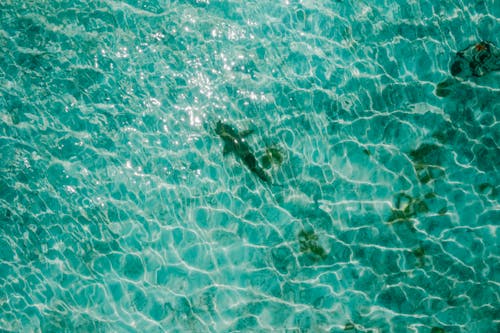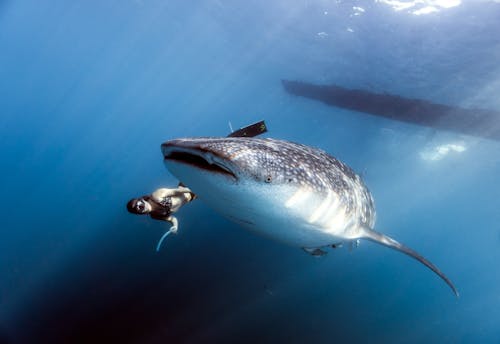WHAT DO YOU KNOW ABOUT sharks
Sharks don’t have bones.
They are an uncommon kind of fish known as “elasmobranchs”, which converts into fish made of cartilaginous tissues—the unmistakable gristly stuff that your ears and nose tip are made of. This class likewise incorporates beams, sawfish, and skates. Their cartilaginous skeletons are a lot lighter than genuine bone and their huge livers are brimming with low-thickness oils, both assisting them with being light.
Even though sharks don’t have bones, they actually can fossilize. As most sharks age, they store calcium salts in their skeletal ligament to fortify it. The dried jaws of a shark show up and feel hefty and strong; similar to bone. These equivalent minerals permit most shark skeletal frameworks to fossilize pleasantly. The teeth have finished so they appear in the fossil record as well.

Most sharks have great vision.
Most sharks can see well in dull-lit regions, have awesome night vision, and can see tones. The rear of sharks’ eyeballs has an intelligent layer of tissue called a tapetum. This assists sharks in seeing amazingly well with minimal light.
Sharks have exceptional electroreceptor organs.
Sharks have little dark spots close to the nose, eyes, and mouth. These spots are the ampullae of Lorenzini – unique electroreceptor organs that permit the shark to detect electromagnetic fields and temperature shifts in the sea.
Shark skin feels like sandpaper.
Sharkskin feels precisely like sandpaper since it is comprised of small teeth-like designs called placoid scales, otherwise called dermal denticles. These scales point towards the tail and assist with diminishing contact from encompassing water when the shark swims.
Sharks can go into a daze.
At the point when you turn a shark over they go into a daze-like state called tonic idleness. This is the motivation behind why you regularly see sawfish flipped over when our researchers are dealing with them in the water
Sharks have been around seemingly forever.
In light of fossil scales found in Australia and the United States, researchers speculate sharks initially showed up in the sea around 455 million years prior.
Researchers age sharks by tallying the rings on their vertebrae.
Vertebrae contain concentric sets of murky and clear groups. Band sets are checked like rings on a tree and afterward, researchers allot an age to the shark dependent on the tally. Along these lines, if the vertebrae have 10 band sets, it is thought to be 10 years of age. Late investigations, nonetheless, have shown that this supposition that isn’t generally right. Analysts should accordingly concentrate on every species and size class to decide how regularly the band sets are saved because the statement rate might change over the long haul. Deciding the real rate that the groups are saved is classified as “approval”.

Blue sharks are truly blue.
The blue shark shows a splendid blue tone on the upper part of its body and is regularly frigid white underneath. The mako and porbeagle sharks likewise show a blue tinge, however, it isn’t close to just that splendid of a blue shark. Throughout everyday life, most sharks are brown, olive, or grayish.
Each whale shark’s spot design is exceptional as a finger impression.
Whale sharks are the greatest fish in the sea. They can develop to 12.2 meters and weigh as much as 40 tons by certain assessments!
A few types of sharks have a spiracle that permits them to maneuver water into their respiratory framework while very still. Most sharks need to continue to swim to siphon water over their gills.
A shark’s spiracle is found simply behind the eyes which supply oxygen straightforwardly to the shark’s eyes and cerebrum. Base-dwelling sharks, similar to heavenly messenger sharks and attendant sharks, utilize this extra respiratory organ to inhale while very still on the ocean bottom. It is likewise utilized for breath when the shark’s mouth is utilized for eating.

Not all sharks have similar teeth.
Mako sharks have extremely pointed teeth, while white sharks have three-sided, serrated teeth. Each leaves a one-of-a-kind, obvious imprint on their prey.
Distinctive shark species recreate unexpectedly.
Sharks show an incredible variety in their regenerative modes. There are oviparous (egg-laying) species and viviparous (live-bearing) species. Oviparous species lay eggs that create and bring forth outside the mother’s body with no parental consideration after the eggs are laid.





GIPHY App Key not set. Please check settings